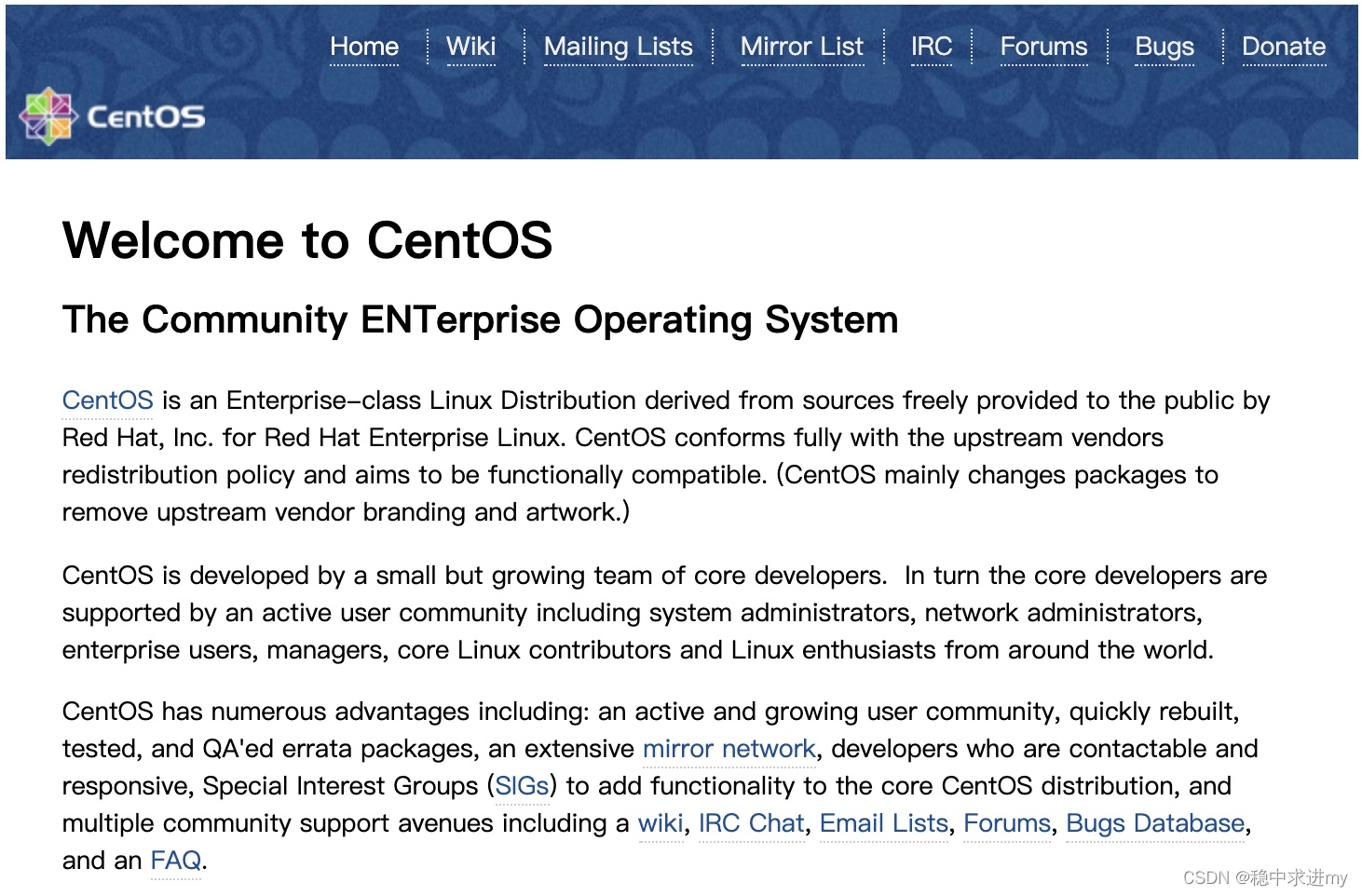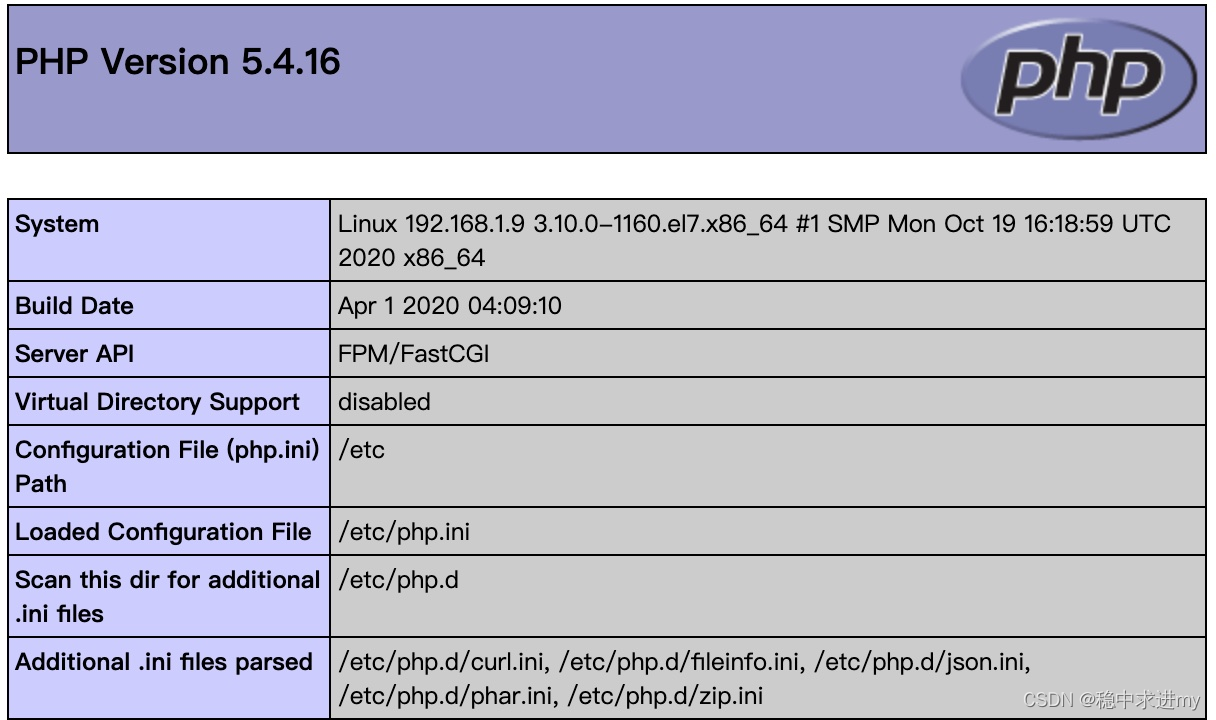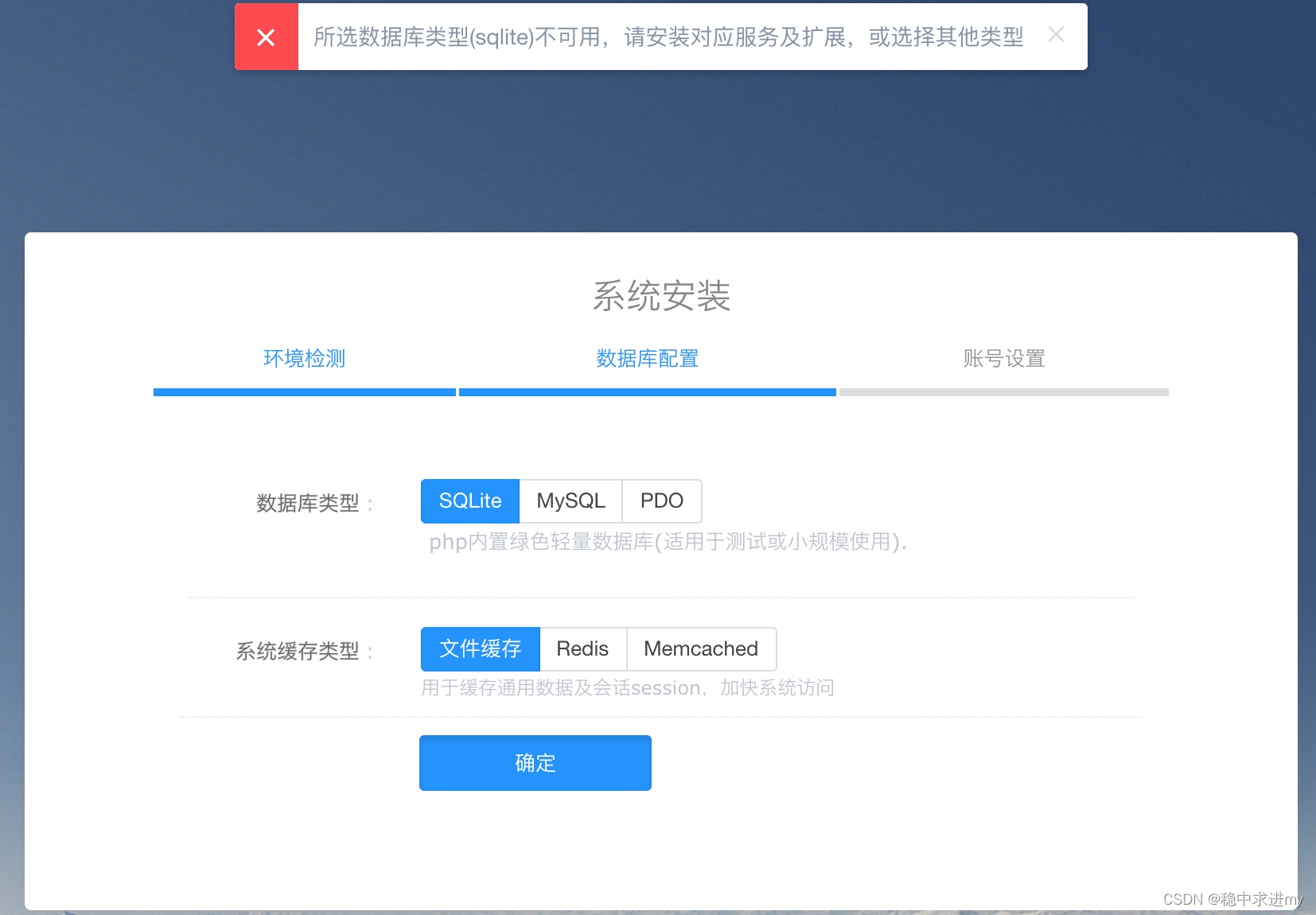先配置阿里云在线yum源
步骤一:备份
1)进入/etc/yum.repos.d 查看目录下文件
[root@localhost yum.repos.d]# ll
总用量 28
-rw-r--r--. 1 root root 1664 8月 30 2017 CentOS-Base.repo.bak
-rw-r--r--. 1 root root 1309 8月 30 2017 CentOS-CR.repo
-rw-r--r--. 1 root root 649 8月 30 2017 CentOS-Debuginfo.repo.bak
-rw-r--r--. 1 root root 314 8月 30 2017 CentOS-fasttrack.repo
-rw-r--r--. 1 root root 563 3月 18 19:37 CentOS-Media.repo
-rw-r--r--. 1 root root 1331 8月 30 2017 CentOS-Sources.repo
-rw-r--r--. 1 root root 3830 8月 30 2017 CentOS-Vault.repo2)将所有文件备份到新建目录repo_bak下
[root@localhost yum.repos.d]# mkdir repo_bak
[root@localhost yum.repos.d]# mv *.repo repo_bak/步骤二:下载阿里的CentOS-Base.repo 到/etc/yum.repos.d/
[root@localhost yum.repos.d]# wget -O /etc/yum.repos.d/CentOS-Base.repo http://mirrors.aliyun.com/repo/Centos-7.repo运行yum clean all 清除缓存,运行 yum makecache 生成新的缓存
[root@localhost yum.repos.d]# yum clean all #清空缓存
[root@localhost yum.repos.d]# yum makecache #生成新的缓存
#元数据缓已建立说明生成成功步骤三:安装EPEL源
[root@localhost yum.repos.d]# yum install -y epel-release再次运行yum clean all 清除缓存,运行 yum makecache 生成新的缓存
开始配置
先做一些前期的准备:
关闭防火墙,配置 SELINUX
# 停止防火服务
[root@localhost ~]# systemctl stop firewalld
# 查看防火墙的当前状态
[root@localhost ~]# systemctl status firewalld
# 开机禁止启动防火墙
[root@localhost ~]# systemctl disable firewalld
#重启后永久生效
[root@localhost ~]# vi /etc/selinux/config
SELINUX=disabled
#临时生效
[root@localhost ~]# setenforce 0安装nginx
yum install -y nginx
# 查看版本
nginx -v
#启动服务
systemctl start nginx安装完成后默认服务是启动状态,可以直接在浏览器中输入http://localhost 就能看到默认nginx首页

安装php环境
#安装
yum install -y php php-fpm
#安装完成,查看版本
php -v
从nginx的配置文件/etc/nginx/nginx.conf中可以看到默认网页存储位置是/usr/share/nginx/html,在这个目录下新建一个text.php文件,里面只写入一行内容:
<?php phpinfo(); ?>此时再次访问http://localhost/test.php, 并没有打开php相关信息的网页,而是直接下载了这个文件。此时还需要对nginx配置做一些调整
vim /etc/nginx/nginx.conf
#在默认80端口的server节点中新增下面的内容,用于拦截.php结尾的请求,并把这种请求转发到php-fpm默认监听的9000端口
location / {
try_files $uri $uri/ /index.php$is_args$args;
}
location ~ \.php$ {
try_files $uri =404;
include fastcgi.conf;
fastcgi_pass 127.0.0.1:9000;
}
#然后启动php-fpm服务
systemctl start php-fpm
#查看php-fpm状态,如下是正常启动
systemctl status php-fpm
● php-fpm.service - The PHP FastCGI Process Manager
Loaded: loaded (/usr/lib/systemd/system/php-fpm.service; disabled; vendor preset: disabled)
Active: active (running) since Fri 2021-09-24 23:52:32 CST; 1s ago
Main PID: 10658 (php-fpm)
Status: "Ready to handle connections"
CGroup: /system.slice/php-fpm.service
├─10658 php-fpm: master process (/etc/php-fpm.conf)
├─10659 php-fpm: pool www
├─10660 php-fpm: pool www
├─10661 php-fpm: pool www
├─10662 php-fpm: pool www
└─10663 php-fpm: pool www
Sep 24 23:52:32 192.168.1.9 systemd[1]: Starting The PHP FastCGI Process Manager...
Sep 24 23:52:32 192.168.1.9 systemd[1]: Started The PHP FastCGI Process Manager.
#最后重新加载nginx的配置文件
systemctl restart nginx此时再次访问http://localhost/test.php 就会展示下面的网页

安装kodexplorer
#参考官网https://kodcloud.com/download/的安装说明,下载安装包并解压到合适的目录,这里
cd /home/www/kod
wget https://static.kodcloud.com/update/download/kodbox.1.23.zip
unzip kodbox.1.23.zip && chmod -Rf 777 ./*
#修改nginx的默认web路径,同时指定一下默认首页
vim /etc/nginx/nginx.conf
#root /usr/share/nginx/html
root /home/www/kod;
index index.php index.html
#重新加载配置
nginx -s reload这里需要开启MB_STRING和gd扩展
yum install php-mbstring php-gd
vim /etc/php.ini
#在[PHP]节点下新增
extension=php_mbstring.so
extension=/usr/lib64/php/modules/gd.so
#重新启动php-fpm
systemctl stop php-fpm
systemctl start php-fpm此时刷新http://localhost 会出现kodexplorer登入页面






















 7394
7394











 被折叠的 条评论
为什么被折叠?
被折叠的 条评论
为什么被折叠?








